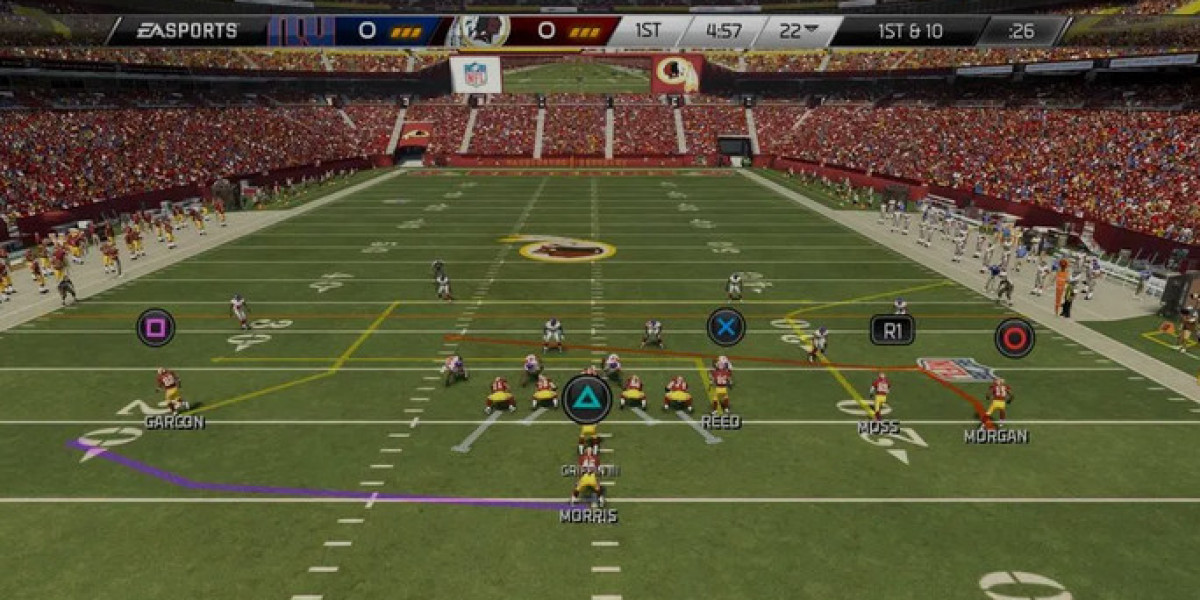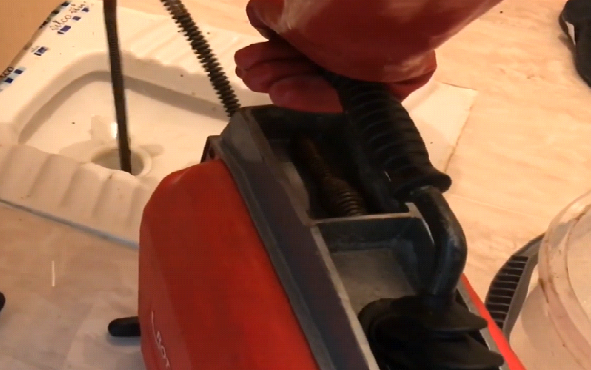As pickleball continues to grow in popularity, the demand for high-quality courts is on the rise. Whether you’re planning a new sports facility, upgrading a community park, or installing a court at home, understanding the process of pickleball court construction and pickleball court installation is essential to ensure a safe, durable, and enjoyable playing surface.
Key Considerations for Pickleball Court Construction
Building a pickleball court involves more than just marking lines on a flat surface. Proper construction considers:
Site Selection and Preparation: Choosing a level area with good drainage is critical. The ground must be graded and prepared to avoid water accumulation that can damage the surface and disrupt play.
Surface Materials: Concrete and asphalt are the most common foundations. Each offers durability and a solid base, but both require proper finishing with sport-specific acrylic coatings for traction and ball bounce.
Court Dimensions and Layout: A regulation pickleball court measures 20 feet wide by 44 feet long. Marking the boundaries, service areas, and non-volley zones accurately ensures compliance with official play standards.
The Installation Process
Groundwork and Drainage: Proper site grading and installing drainage systems prevent flooding and surface deterioration.
Foundation Laying: Pouring concrete or asphalt provides a stable base.
Surface Coating: Applying specialized acrylic coatings enhances grip, durability, and aesthetics.
Line Painting: Using high-quality, weather-resistant paint ensures the court markings remain visible and clear.
Net Installation: Installing regulation nets and posts at the correct height (36 inches at sidelines, 34 inches at the center) completes the setup.
Optional Additions: Lighting, fencing, benches, and wind screens can improve usability and comfort.
Hiring Professionals for Court Installation
Professional pickleball court installers have the experience and knowledge to handle the technical details. They ensure proper site preparation, quality materials, and precise measurements, which contribute to the court’s longevity and player safety.
Benefits of a Professionally Built Pickleball Court
Enhanced playing experience with smooth, safe surfaces
Increased property and facility value
Long-term durability with minimal maintenance
Opportunity to promote community health and social engagement
Conclusion
A well-constructed pickleball court is a valuable asset for any community or homeowner. Investing in professional pickleball court construction and installation guarantees a high-quality, regulation-compliant court that stands up to years of play and weather conditions, providing endless fun for pickleball enthusiasts.








